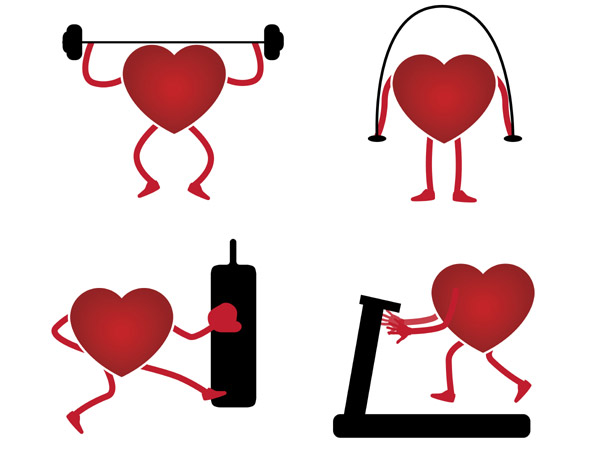Why Physical Activity (The Guardian: 03/10/2017)

According to the Lancet, physical activity brings “a sense of purpose and value, a better quality of life, improved sleep, and reduced stress, as well as stronger relationships and social connectedness.
Lack of physical activity is associated with increased risks of:
- Anxiety, stress, and depression
- Developing many preventable conditions, such as high blood pressure, coronary heart disease, diabetes, osteoporosis, colon cancer and obesity
- Dying prematurely
Research also suggests that sedentary lifestyle is deadlier than smoking – 6-10% of the world’s non-communicable diseases such as heart disease, diabetes, and certain kinds of cancer are caused by physical inactivity. According to the Centers for Disease Control, regular physical activity can reduce your risk of:
- Heart Disease
- Stroke
- High Blood Pressure
- Type 2 Diabetes
- Obesity
- Depression
- Breast and Colon Cancer
- Osteoporosis
An exercise is a form of physical activity, but physical activity does not require exercise – So what is the difference?
- Exercise is a structured program of activity geared toward achieving or maintaining physical fitness and is a sub-category of physical activity.
- Physical activity is any form of exercise of movement of the body that uses energy – e.g. doing active chores around the house, gardening, walking, taking the stairs – are examples.
World Health Organization recommends at least 150 minutes of moderate intensity physical activity per week. For additional health benefits, this can be increased to 300 minutes of moderate physical activity per week along with muscle strengthening activities involving major muscle groups on 2 or more days a week.
Being more active help:
- Lower blood pressure
- Boost levels of good cholesterol
- Improve blood circulation
- Keep weight under control
- Prevent bone loss that can lead to osteoporosis
- Quit smoking and stay tobacco-free
- Boost energy level so you can get more done
- Manage stress and tension
- Promote a positive attitude and outlook
- Fall asleep faster and sleep more soundly
- Delay and prevent chronic illnesses and diseases associated with aging
- Maintain quality of life
Workplaces can promote regular physical activity by:
- Encouraging employees to walk or cycle part or all of the way to and from work
- Helping employees be physically active during the day by:
- Encouraging them to move around more at work
- Putting up signs at strategic points and distributing written information to encourage them to use the stairs rather than lifts if they can
- Encouraging them to set goals on how far they walk and cycle and to monitor the distances they cover
There is an increasing recognition of the need to encourage healthier lifestyles and physical activity is essential for good health. Increasing activity levels will help prevent and manage over 20 conditions and diseases including cancer, coronary heart disease, diabetes, and obesity. It can also help to promote mental wellbeing. Physically active employees are less likely to suffer from major health problems, less likely to take sick leave and less likely to have an accident at work.
Investing in health of employees can also bring business benefits such as reduced sickness absence, increased loyalty, and better staff retention
Reply back to bhakti@impactafya.com or call +255 754 694 643 with your feedback. We welcome your suggestions for corporate wellness tips you’d like to see covered in our future columns.
Bhakti Shah, MPH is the Founder and Managing Director of ImpactAfya Ltd, collaborating with Workplace Options and Mayo Clinic, USA to provide Corporate Wellness and EAP Solutions in East Africa. Bhakti is also the Advisor for the Africa Business Portal and the Past President of the American Chamber of Commerce in Tanzania.
Website: www.impactafya.com | Facebook, Instagram & Twitter: @impactafya
